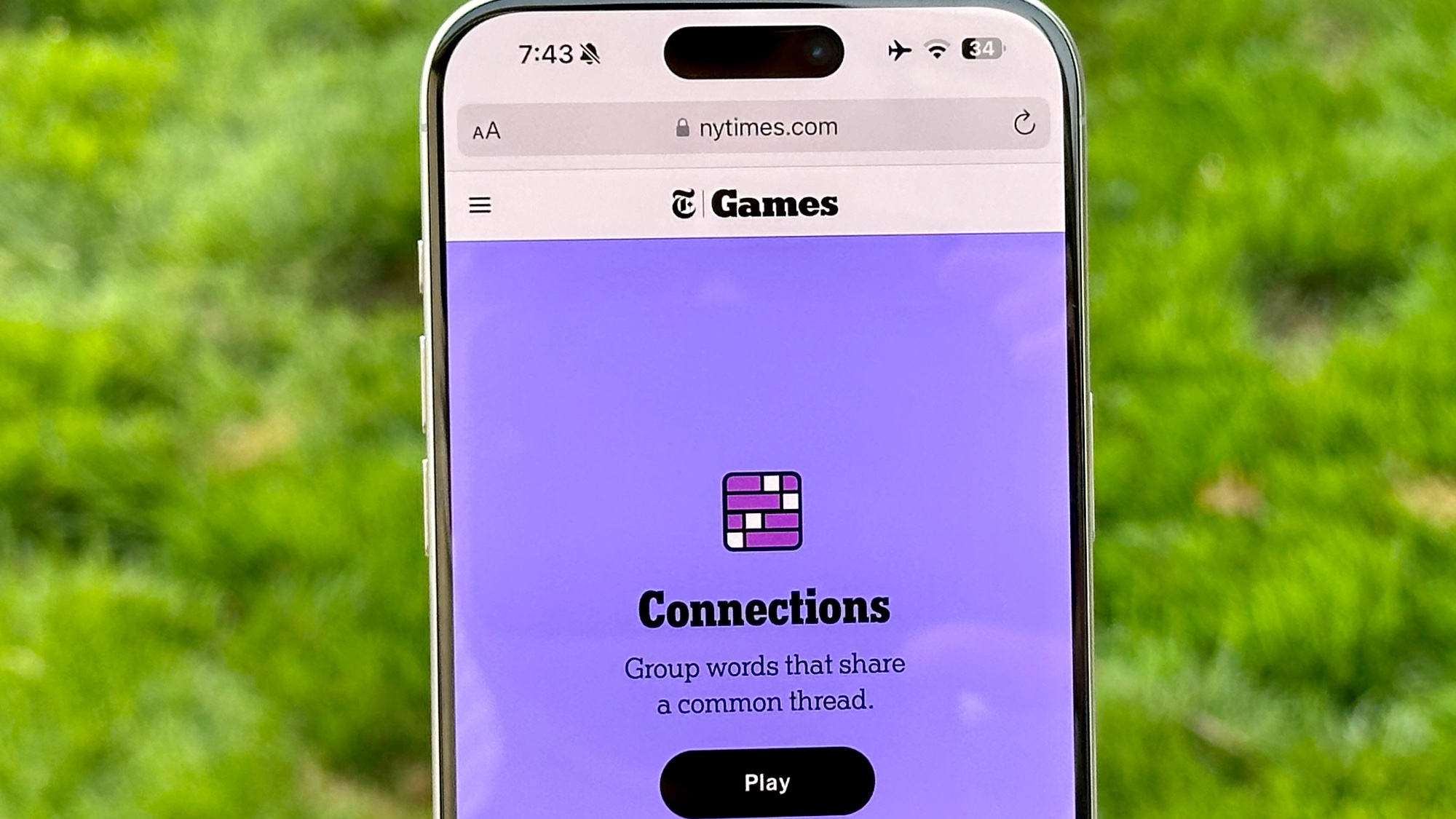Why You Shouldn't Buy a 4K TV (Yet)
4K TV may be eye-catching, but you should steer clear of this early adopter tech until 4K content and streaming bandwidth catches up.
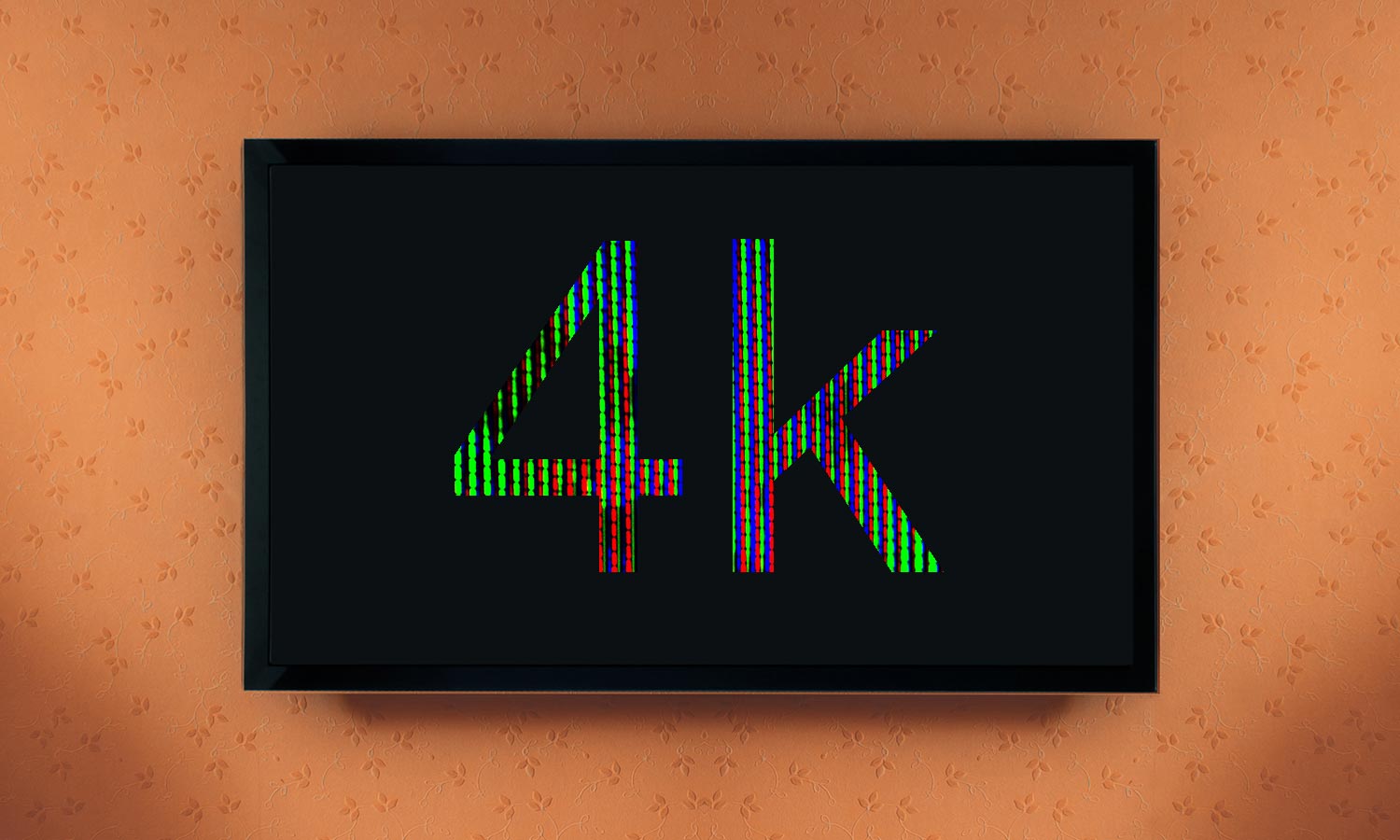
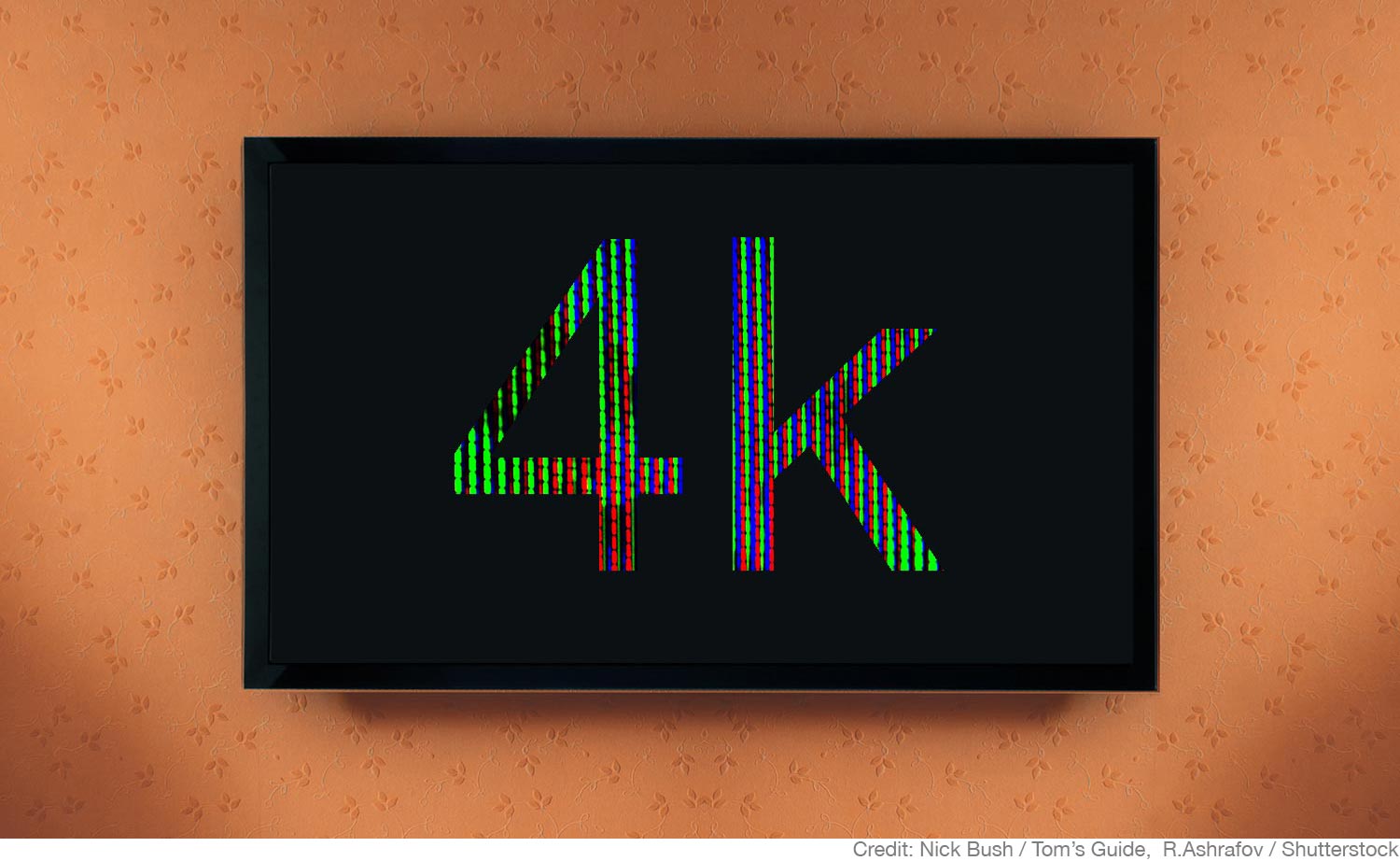
Watch the commercials on NFL Sunday, and you'll know that 4K is the next big thing in TV tech. We’re talking four times the resolution of your typical 1080p set. 4K (or ultra HD) sets have been on the market for years now, but it was only this year that price tags dipped below $1,000. That's an appealing price if you're looking to invest in a set meant to last for years to come. But the current dearth of available 4K content could mean you're throwing away your cash.
So, is 4K the next overhyped trend like the failed 3D TV, or is it here to stay? "The industry is committed," says John Buffone, an analyst at Connected Intelligence. But he also admitted that "it’s definitely still the early days." Perhaps too early for you to spend your money on a future-proof TV set.
Where’s the Content?
Netflix is the most talked-about of the content providers, and for good reason. "We are investing significantly in our 4K library," said Anne Marie Squeo, a spokeswoman for Netflix.
And how much content is that? As of this writing, your $11.99-per-month Premium subscription will get you nine TV shows, four slide shows and two movies ─ Jerry Maguire and Hitch. If you’re looking to marathon Grace and Frankie or get your mediocre romantic comedy fix in ultra-high definition, then Netflix has you covered.
Note: The list of original content is growing monthly. Netflix expects to add one original show and two more films by early 2016.
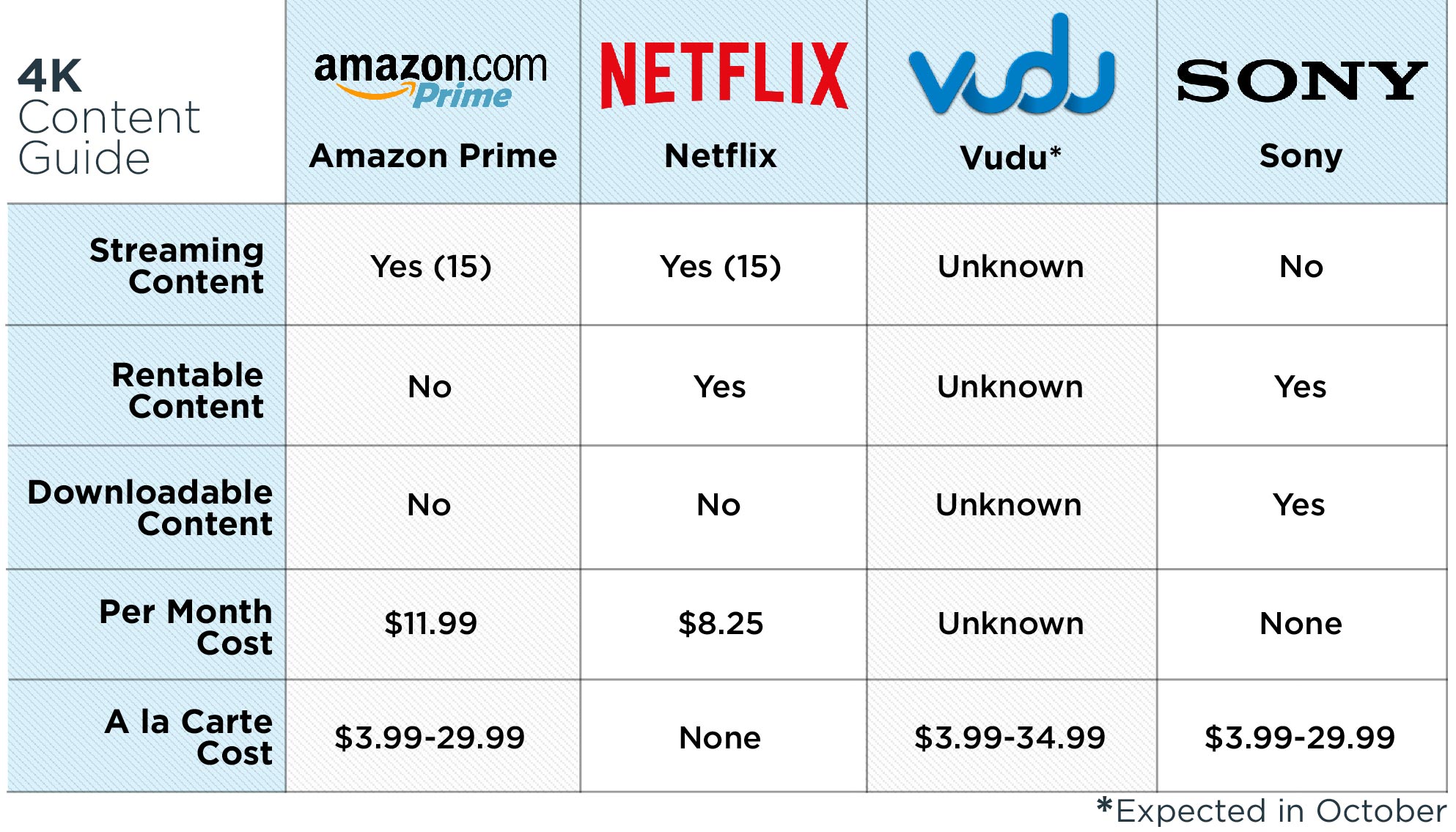
Amazon Prime has a streaming 4K service, too. It even promises its original content will feature HDR ─ an imaging technique that better mimics the ability of the human eye to constantly adjust to sources of light. The details in shadows and areas near bright lights will no longer be obscured … as long as your 4K television has HDR capabilities. Unfortunately, HDR in video is a relatively new thing that hasn't appeared in many displays yet and is unlikely to be in the TV hanging on your wall at home. The Consumer Electronics Association didn't even confirm a standard for HDR-compliant televisions until Aug. 27, 2015.

That's great for Amazon, because currently only one of its original pieces of programming, Mozart in the Jungle, is available in 4K with HDR. The other 10 television programs and four films (including Hitch) available with a $99-a-year ($8.25 a month) Amazon Prime subscription are HDR-free.
If you want more content right now, you’ll have to pay for it. Sony is currently the only major film/TV distributor, outside of Netflix and Amazon, to actively embrace 4K, but to access Sony's content, you'll either need to buy it from Amazon or spend $490 on Sony’s 4K player. Then you'll have to pay for each episode or film. Those prices start at $3.99 for episodes and $29.99 for films. That's a pricey investment and is limited to only specific parts of Sony's large entertainment library.
MORE: What Is 4K TV? FAQ
Both Amazon and Nvidia have set-top boxes that might look appealing. Amazon’s new $100 Fire TV and Nvidia’s $200 Shield both promise the ability to handle 4K content and are a heckuva lot more affordable than Sony’s media player. Yet the Nvidia Shield isn't compatible with Amazon 4K content and the Fire TV is only a boon to people who don't already own a 4K TV with Amazon compatibility. As most 4K televisions are smart (loaded with apps like Netflix Amazon and Vudu), you're better off saving your money and using the Netflix app that's likely already built in. The Fire TV and Shield are only incredibly useful if your 4K TV is "dumb."
Life in the Slow Lane
There's another big problem beyond that limited amount of 4K content. It's hard to actually get any of that content to your TV. Streaming is traditionally the best option for accessing all the good on-demand content, such as what you'd find on Netflix, but 4K streaming requires excellent connection speeds. Akamai, a major content delivery network, recommends a minimum of 15 Mbps to stream 4K, while Netflix's website suggests an average speed of 25 Mbps.
Those are reasonable speeds if you’re living it up on DOTA and noodles in South Korea ─ the only country that has an average national speed even close to 25Mbps (23.6Mbps). In the United States, things are a little more...pokey. Our national average is just 11.9Mbps, and only 21.6 percent of the more than 300 million potential House of Cards fans have speeds faster than Akamai's recommended bare minimum of 15 Mbps.
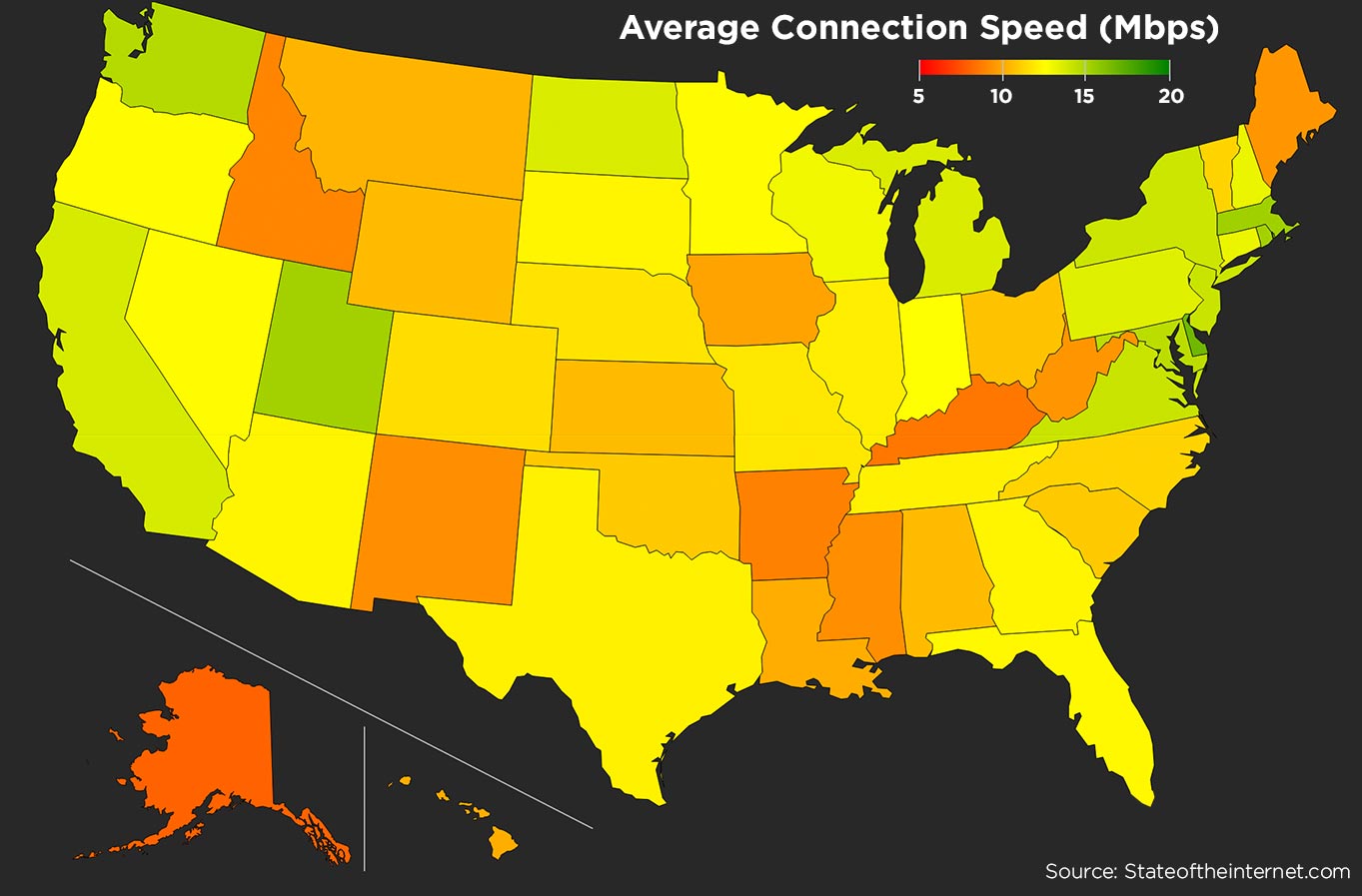
That means only 1 in 5 people can actually stream Netflix in 4K to their big, fancy 4K TV. Things are particularly bleak if you live in Kentucky, Hawaii or Arkansas, where less than 10 percent of the population enjoys speeds of 15Mbps or faster.
The best way to navigate around America's sluggish Internet is to avoid streaming 4K all together. Which brings us back to Sony's pricey 4K player. In addition to streaming, it allows users to actually download the files to its 1TB hard drive. That's appealing, until you notice that the average size of a movie file is a whopping 38GB. With a national average speed of 11.9 Mbps, it would take you nearly 8 hours to download one movie. That's a lot more time waiting for your Spider-Man fix when compared with the 3 hours it would take to download on a 25 Mbps line.
4K Blu-Rays Won't Save the Day
Heavy hitters such as Disney, Universal, Sony and Warner Brothers are all backing a potential solution to the 4K content dilemma: ultra-HD Blu-Ray. The new spec will not only deliver four times the resolution of current Blu-Rays, it will also feature a wider color gamut and HDR. If your 4K TV can handle it, you'll see a wider breadth of colors on screen from that wider color gamut and deeper, richer shadows courtesy of HDR.
The sales aren't really there ... 4K [Blu-ray] will be a collector's market.─ James Shapiro, Drafthouse Films
It may sound wonderful, but you should brace yourself for disappointment, because the likelihood of getting access to a large library of your favorite films is slim to none. Back in the 1980s, before Netflix and Apple and on-demand cable, VHS was hugely popular with every major and minor film company churning out its entire library onto video tape. Some companies even made their fortune releasing exclusively to the VHS market. But that library of content shrank with DVDs as people balked at having to pay for the same content again, and it shrank even further with Blu-Rays.
MORE: New Ultra HD Blu-rays Offer 4K Without Streaming
"In the industry, people talk about Blu-Ray being really a collector's market," says James Shapiro, COO of Drafthouse Films and former executive director of sales planning and acquisitions for Anchor Bay Entertainment. "That’s why you see the rise of Shout Factory and Kino and Olive and other companies raiding libraries to get Blu-Ray rights to older movies. The studios don't want to spend the money because the sales aren't really there."
While Shapiro is quick to point out that this isn't always the case ─ Mad Max: Fury Road on Blu-Ray is currently outselling its DVD counterpart ─ he notes that you can't ignore the industry's baseline opinion on Blu-Rays, particularly when you look at the numbers. Physical media sales ─ the sale of DVDs and Blu-Rays ─ have been dropping every year. From 2014 to 2015 alone, they dropped more than 14 percent, according to numbers released by the Digital Entertainment Group. Physical rentals were down 5 percent ─ which isn't bad until you notice that they already bring in less than half the money that other physical media do. Meanwhile, streaming subscriptions rose by nearly 25 percent and digital media purchases ─ like movies from iTunes ─ rose almost 21 percent.
"If this is the market for Blu, it's going to be even worse for 4K," Shapiro says. "4K will be a collector's market."
That means fewer films will be available and often at a much higher cost. When you factor in the potential cost of a UHD Blu-Ray player (no pricing is currently available) and the sting of buying your entire library of films again, the bloom quickly falls off the UHD Blu-Ray's rose.
Gaming: The Pricey Alternative
A $60 video game can net you days, weeks and even months of entertainment, and it really does look fantastic on a big, gorgeous 4K display, and there's no HDR or wider color gamut to worry about not being able to see on your TV. Most manufacturers still design the games with the general (non-4K owner) consumer in mind.
Unfortunately, you won't be getting pure 4K content from your PS4 or Xbox One. Both consoles offer a max resolution of only 1920 x 1080 and then only at up to 60 frames per second. So those 4K TVs that boast 120-Mhz refresh rates will be wasted on Destiny. (Refresh rates directly correspond to frames per second. A 120-Mhz display can show you 120 frames per second.)
That leaves PC gaming ─ expensive PC gaming. In our tests here at Tom's Guide, we see gaming desktops capable of averaging 112 fps on Low settings and 27 fps on Ultra at 4K when playing Metro: Last Light. That's appealing, until you realize that an Nvidia 980Ti graphics card, the most affordable 4K-capable video card available, costs $700 and most systems it fits into, like the Maingear Drift, start at $1,600 when the card is included.
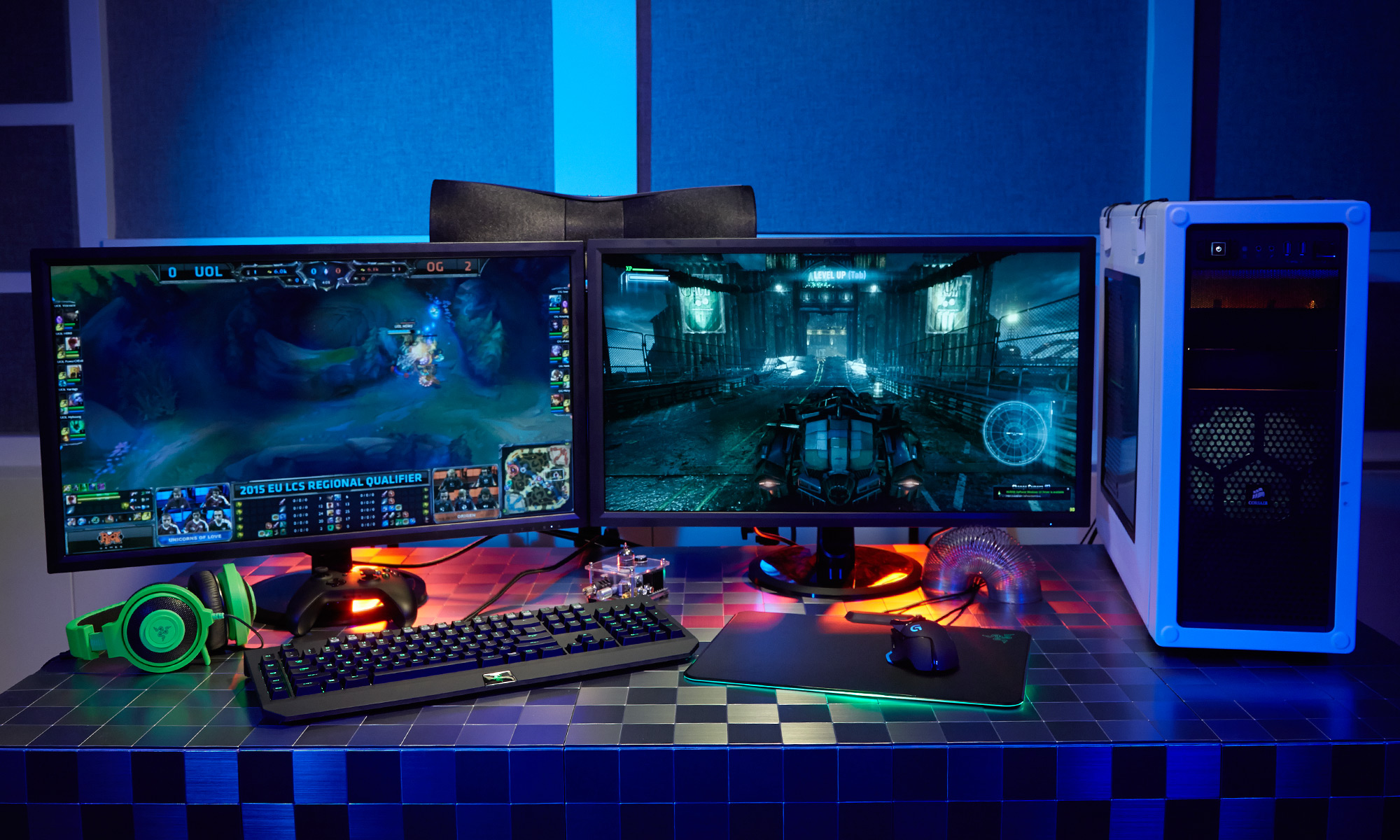
We've had a number of PCs come in for review that perform even better in the 4K games ─ the Alienware Area-51 clocked in at nearly 30 fps with its three Nvidia 980 cards joined together. It also costs $4,500. That's 10 times the cost of a PlayStation 4, and a heckuva lot of money just to get a lousy 30 fps.
But the real kick in the pants for 4K gaming on televisions is the lag. Many 4K monitors retail for the same as 4K televisions despite being more than half the size. One of the big reasons companies can afford to charge so much is because of the wicked-fast response times of their displays.
In our response test at Tom's Guide, monitors average 16 milliseconds between the press of a button and the corresponding action on screen. For 4K televisions, that number skyrockets to a glacially slow (and unacceptable) 108ms. With that kind of lag, you'll spend more of your time dying than playing. Some manufacturers are working to rectify that. Vizio's 4K models average a more reasonable 23.5ms and Sony's latest $4,000 set managed a decent 27.3ms ─ which is still twice the 13ms the human eye can perceive. That means players could be disadvantaged in "twitch"-style games like Call of Duty and Street Fighter, where those miniscule milliseconds count.
Just Wait
The content is lacking, the supplementary equipment is pricey and the games play slowly. As of September 2015, there are a lot of better ways to spend your cash than on an $800 4K TV. You can buy an iPhone 6s off-contract or two PS4s. Or a kegerator.
Really, you should just wait, because Connected Intelligence's John Buffone is right: The industry is committed to delivering 4K TVs, and prices will continue to drop. Which James Shapiro of Drafthouse Films says will lead to more content.
"The more 4K TVs are sold, the more penetration content will make," he notes.
Until then? "You still have another year or two if you want to be an early adopter," Buffone says. So let market forces go to work and go enjoy your slightly less sharp 1080p TV for now.
Sign up to get the BEST of Tom's Guide direct to your inbox.
Get instant access to breaking news, the hottest reviews, great deals and helpful tips.
-
ssddx interesting write-up that covers many of the pertinent points and issues and things which need to be improved from a technology standpoint. it should be noted however that without people investing in new technology the market will stagnate. one big reason why dvd continues to remain popular and blueray is more for collectors are the crazy prices retail outlets get for blueray disks. $25-30+ for a new release is insane when you can buy the same movie for $15-20 in dvd form from the same store or less if you watch it online via a streaming service.Reply
greed is a major problem in the media industry.

